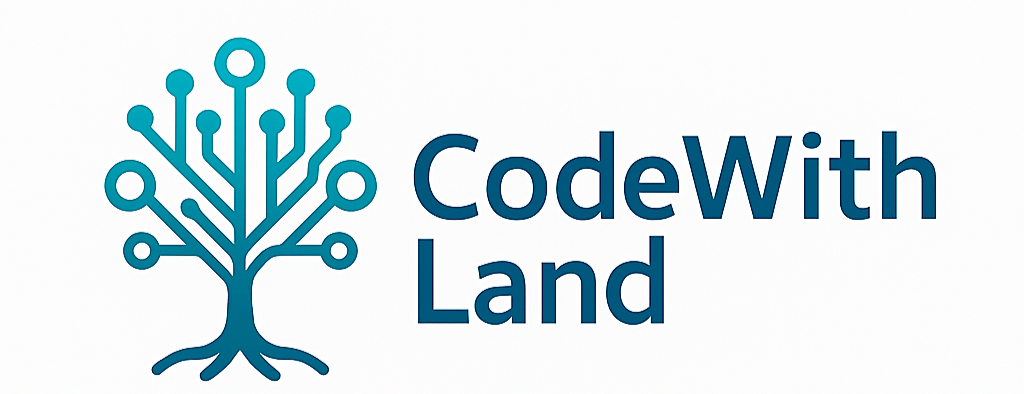AWS Shared Responsibility Model
If you’re stepping into the world of cloud computing, one of the first (and most important) things you need to wrap your head around is the AWS Shared Responsibility Model. It might sound like a corporate buzzword at first, but once you understand it, it becomes a powerful lens through which you’ll see everything about cloud security and compliance
when you use AWS (Amazon Web Services), you’re not in it alone, and AWS isn’t doing everything for you either.
Instead, you both share the responsibility of keeping your cloud environment safe and compliant.
Imagine you’re renting an apartment:
-
AWS is the building owner – they take care of the plumbing, locks, elevators, and security cameras in the building.
-
You’re the tenant – you lock your door, manage what’s inside your apartment, and decide who can come in.
That’s essentially how AWS sees it:
-
AWS is responsible for the “security of the cloud”
-
You’re responsible for “security in the cloud”
🔐 What AWS Handles (Security of the Cloud)
AWS takes care of the heavy lifting — the physical data centers, networking, hardware, and the basic software infrastructure that powers the cloud. You don’t have to worry about someone breaking into their server rooms or a faulty cable messing with your services. AWS has that covered, and they do it at a world-class level.
🧠 What You Handle (Security in the Cloud)
Now, this is where your work begins.
Depending on the AWS services you use, your responsibilities vary. For example:
-
If you spin up a virtual server (EC2), you are responsible for:
-
Installing software
-
Patching the OS
-
Setting up your firewall (called security groups in AWS)
-
-
If you’re using a fully managed service like Amazon S3 or DynamoDB, then AWS takes care of more, but you’re still responsible for:
-
Managing your data
-
Setting permissions with IAM (Identity & Access Management)
-
Encrypting what needs to stay private
-
So yeah, the more control you want, the more responsibility you take on. But hey, with great power comes… you know the rest.
🧩 But It Doesn’t Stop There — What About Compliance?
Security isn't just about firewalls and encryption — it's also about following the rules.
The Shared Responsibility Model also extends to IT controls and compliance. AWS gives you tools, documentation, and controls to help you meet your compliance requirements — whether it's HIPAA, GDPR, SOC, or any other alphabet soup of regulations.
Let’s break down the types of controls involved:
✅ Inherited Controls
These are the ones you don’t have to worry about. AWS handles them entirely — like physical security, infrastructure, and environment monitoring.
🔁 Shared Controls
Think of this like teamwork:
-
Patch Management: AWS patches the infrastructure; you patch your software.
-
Configuration Management: AWS manages their devices; you manage your settings and apps.
-
Training: AWS trains their team; you train yours.
🔒 Customer-Specific Controls
These are all on you. For example, if your app needs to keep sensitive customer data in specific zones, or you have certain internal policies — you own those.
🛠️ Applying the Model in the Real World
Okay, so now you know what the model is — but how do you actually use it?
Here’s a simple way to think about it:
-
Start with the AWS service you're using.
-
Ask yourself: “What part of this service do I control?”
-
Use AWS documentation to understand what they’re already handling.
-
Fill the gaps on your side — whether it’s security, compliance, data management, or access control.
Also, remember that things can vary by:
-
Region (some AWS services differ slightly based on where you deploy them)
-
Compliance needs (your industry might have its own rules)
-
Your architecture (a simple S3 bucket needs less oversight than a multi-tier EC2 setup)

.png)

.png)

